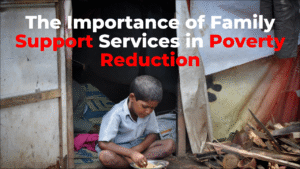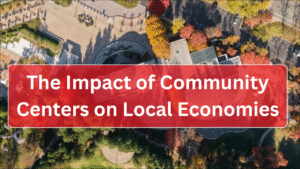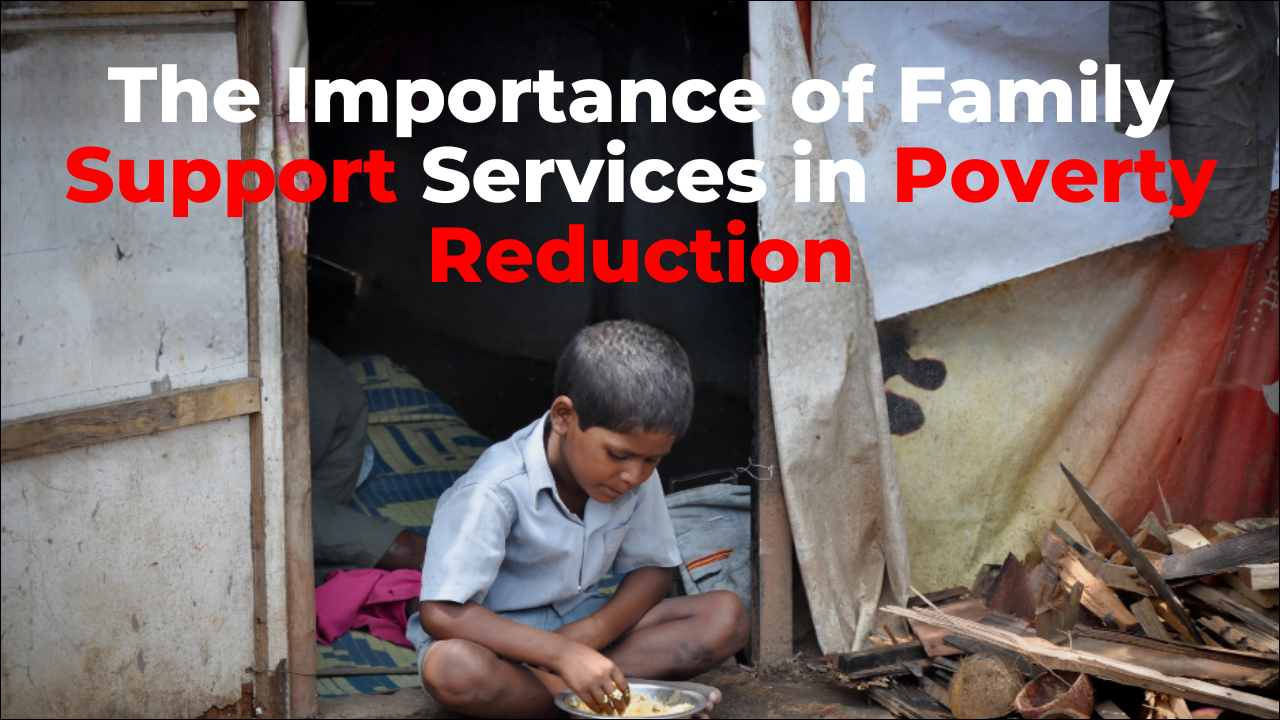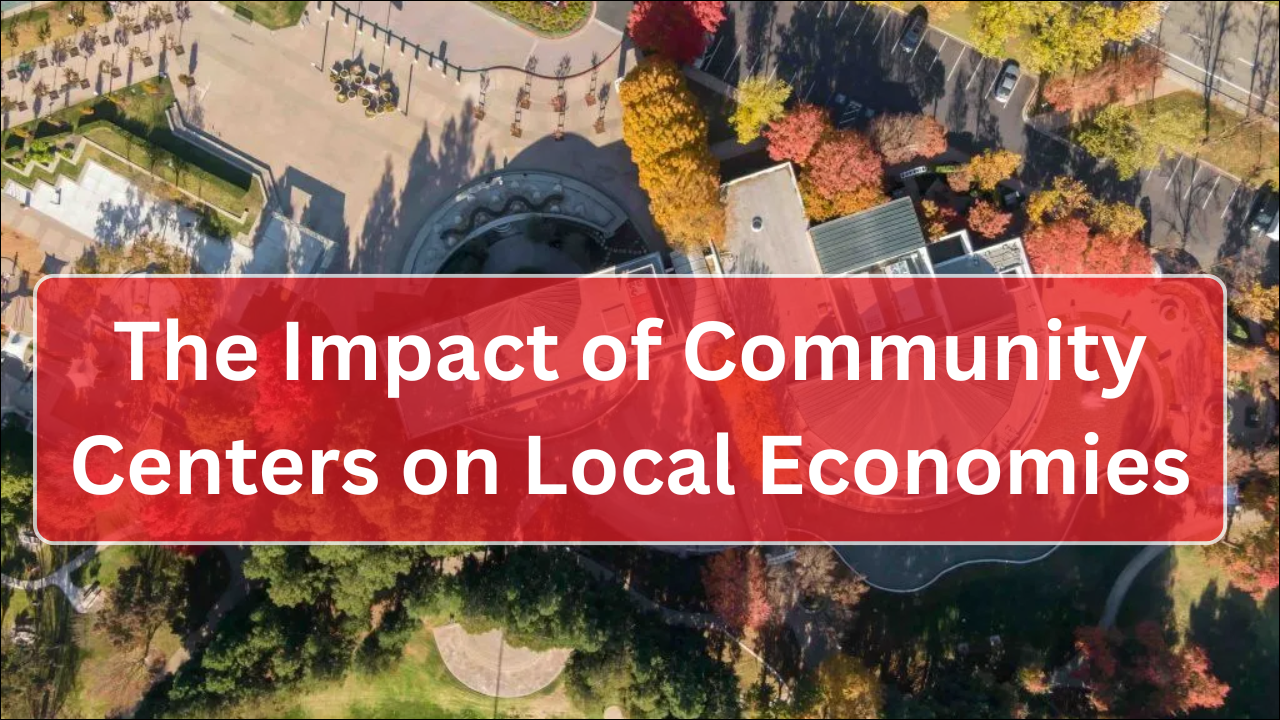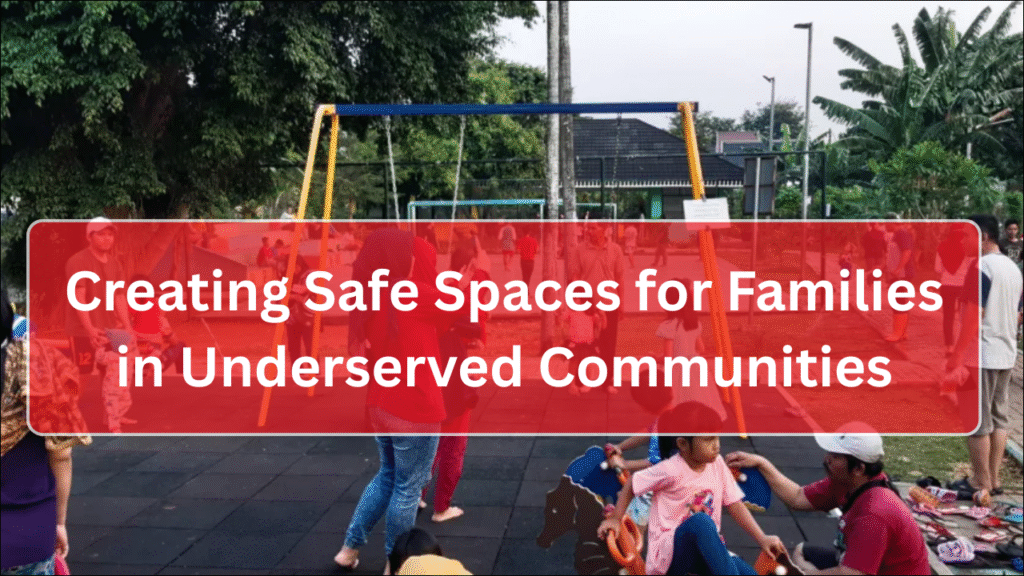
Safe spaces are essential for families living in underserved communities, providing environments where children, parents, and caregivers can access support, education, and resources without fear or judgment. These spaces foster emotional well-being, encourage social engagement, and create growth opportunities. Organizations like The Hope Center for Families in Northwest Dayton illustrate the transformative power of safe spaces, combining educational programs, health services, and family support to strengthen community resilience. Well-designed safe spaces empower families to build stability, improve quality of life, and contribute positively to their neighborhoods.
Table of Contents
1. Defining Safe Spaces for Families
Safe spaces are environments designed to ensure physical, emotional, and social safety.
- They protect families from physical harm and unsafe conditions.
- Emotional safety allows open communication, trust, and personal growth.
- Social safety fosters inclusivity, respect, and connection with peers and mentors.
- These spaces support access to critical resources, such as education, healthcare, and social services.
2. Key Elements of Safe Spaces
Creating effective safe spaces requires intentional design and supportive programming.
- Physical Safety: Secure facilities with childproofing, emergency protocols, and supervision.
- Emotional Safety: Trained staff and counselors who provide empathetic support.
- Inclusive Environment: Welcoming families of diverse backgrounds, languages, and abilities.
- Accessible Resources: Educational materials, health services, and family support programs.
- Community Engagement: Spaces that encourage participation, collaboration, and advocacy.
Core Components of Safe Spaces
| Component | Purpose | Impact on Families |
|---|---|---|
| Physical Safety | Protect from harm | Peace of mind for parents and children |
| Emotional Support | Counseling and guidance | Reduced stress, improved mental health |
| Inclusivity | Welcoming all backgrounds | Stronger community bonds and trust |
| Resource Access | Education, health, and social services | Increased family stability and opportunity |
| Community Engagement | Events and workshops | Enhanced social cohesion and participation |
3. Safe Spaces for Children
Children benefit from spaces where they can learn, play, and grow in secure environments.
- Early childhood centers provide structured learning and socialization opportunities.
- Recreational activities support physical development and emotional regulation.
- Mentorship and tutoring programs encourage academic achievement and personal growth.
- Safe spaces reduce exposure to community violence, neglect, or unsafe living conditions.
4. Safe Spaces for Parents and Caregivers
Parents and caregivers require supportive environments to build skills and access resources.
- Parenting workshops teach communication, stress management, and child development.
- Peer support groups allow caregivers to share experiences and strategies.
- Career counseling and adult education programs increase economic opportunities.
- Access to social services, including housing and healthcare, reduces family stressors.
5. Health and Wellness in Safe Spaces
Integrating health services into safe spaces ensures holistic family well-being.
- On-site health screenings for children and adults promote preventive care.
- Nutrition programs teach families healthy eating habits and provide meals.
- Mental health counseling addresses stress, trauma, and behavioral challenges.
- Fitness and wellness activities encourage active, healthy lifestyles.
Health & Wellness Programs in Safe Spaces
| Program Type | Description | Family Benefit |
|---|---|---|
| Pediatric Screenings | Routine check-ups and vaccinations | Early detection of health issues |
| Mental Health Counseling | Individual and family therapy | Emotional stability and coping skills |
| Nutrition Programs | Meals and education | Healthy growth and development |
| Fitness & Recreation | Exercise and movement activities | Physical health and stress reduction |
6. Community-Based Approach
Safe spaces thrive when they are embedded in the broader community.
- Partnerships with schools provide academic support and continuity of learning.
- Collaboration with local hospitals ensures access to medical and mental health services.
- Nonprofit organizations contribute resources, volunteers, and program support.
- Community events and workshops strengthen local networks and social cohesion.
7. Overcoming Challenges
Creating and maintaining safe spaces requires addressing common obstacles.
- Funding Limitations: Securing sustainable funding through grants, donations, and partnerships.
- Staff Training: Equipping staff to handle diverse family needs, trauma, and cultural sensitivities.
- Community Trust: Building credibility and relationships with families in underserved areas.
- Accessibility: Ensuring transportation, language support, and inclusive facilities.
- Program Sustainability: Monitoring outcomes and adapting programs to evolving community needs.
8. Measuring the Impact of Safe Spaces
Evaluation ensures that safe spaces achieve meaningful outcomes for families.
- Track child development, academic performance, and social-emotional growth.
- Monitor parental engagement, skill acquisition, and economic improvement.
- Collect feedback from families to assess satisfaction and perceived safety.
- Analyze community-level outcomes, such as social cohesion and participation rates.
9. Long-Term Benefits of Safe Spaces
Sustained safe spaces create lasting advantages for families and communities.
- Enhanced child development and academic achievement.
- Strengthened family stability and resilience.
- Reduced community stressors, including crime and health disparities.
- Increased civic engagement and collective problem-solving.
- Empowered families are capable of advocating for themselves and future generations.
Long-Term Community Impacts of Safe Spaces
| Focus Area | Outcome | Community Benefit |
|---|---|---|
| Child Development | Academic readiness and social-emotional skills | Stronger future workforce and well-adjusted youth |
| Family Stability | Parental skills and support | Resilient and healthy families |
| Health & Wellness | Physical and mental health improvements | Reduced healthcare costs and healthier communities |
| Social Cohesion | Participation and networking | Stronger community relationships |
| Civic Engagement | Family and youth advocacy | Collective problem-solving and community empowerment |
Key Takeaways
Creating safe spaces for families in underserved communities is essential for promoting well-being, stability, and growth. Organizations like The Hope Center for Families provide environments that combine education, health services, and social support, ensuring children and adults can thrive in secure and supportive settings. By prioritizing safety, inclusivity, and community engagement, these spaces empower families to overcome challenges, build resilience, and contribute to stronger, more cohesive communities. Safe spaces are not just physical locations—they are catalysts for opportunity, stability, and lasting positive change.

